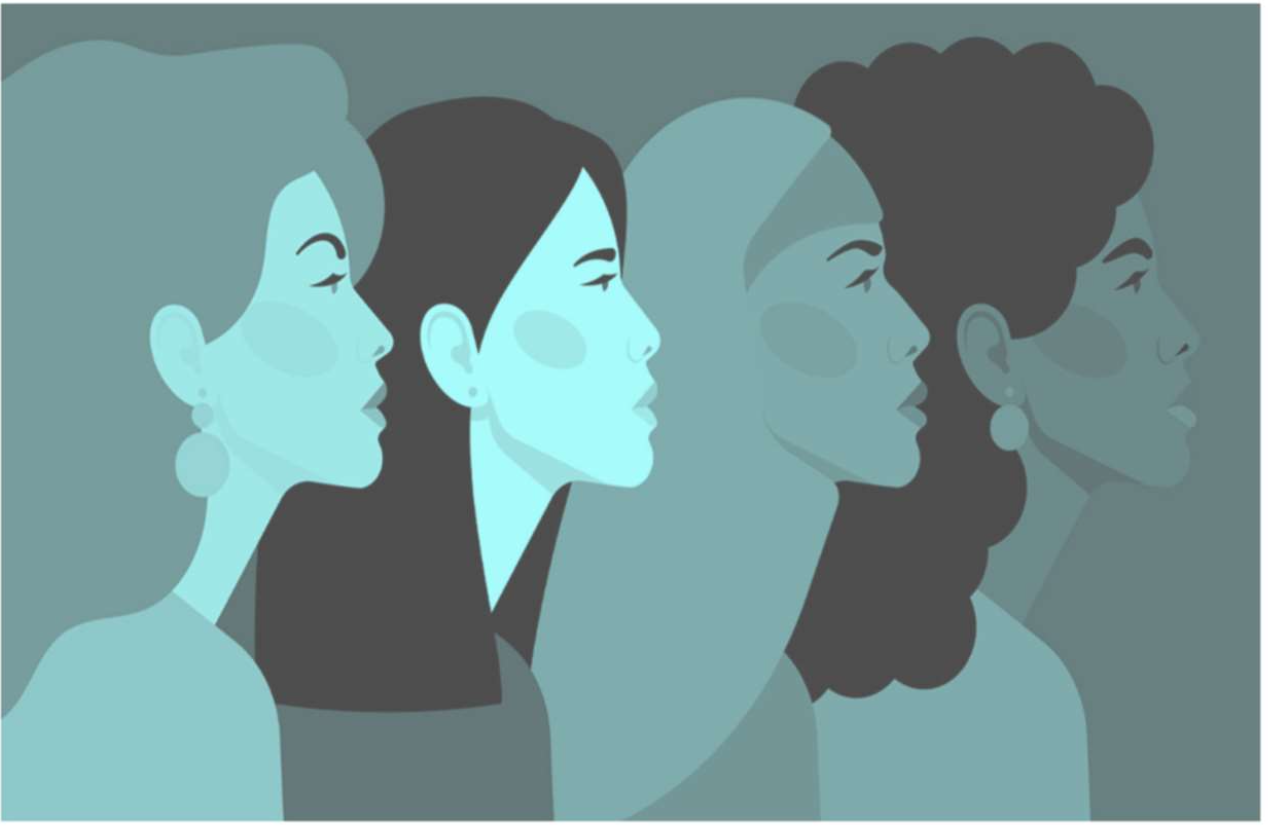Washington, DC—
According to Institute for Women’s Policy Research (IWPR) analysis of the October employment report from the U.S. Bureau of Labor Statistics (BLS), job growth improved in October with women gaining 53 percent of jobs added to nonfarm payrolls. Job growth was strong for both women (91,000 jobs) and men (80,000 jobs) for a total of 171,000 jobs added.
Women’s employment growth was aided by strong growth in education and health services (23,000 jobs added for women), retail trade (22,000 jobs added for women), and leisure and hospitality (18,000 jobs added for women). While government employment declined by 13,000 jobs overall in October, women gained 12,000 government jobs.
The latest data increased the number of jobs on payrolls by 50,000 for August (from 142,000 to 192,000) and 34, 000 for September (from 114,000 to 148,000). Since January 2012 an average of 157,000 jobs have been added each month, 45 percent of which went to women.
Both men and women now have a higher number of jobs than they did in February 2009, the time of the first jobs report after President Barack Obama took office. Men have experienced net growth of 862,000 jobs as of October 2012. Women, whose job peak and job trough occurred later than men’s peak and trough, are 56,000 jobs above their February 2009 jobs number. In the past year, women’s job growth has accelerated and women have now regained almost as large a share of their lost jobs as have men.
IWPR analysis of the BLS payroll data over the entire course of the recession and recovery shows that women have regained 51 percent (1.4 million) of the total jobs they lost in the recession from December 2007 to the trough for women’s employment in September 2010 (2.7 million). Men have regained nearly 52 percent (3.1 million) of the jobs they lost between December 2007 and the trough for men’s employment in February 2010 (6.1 million). The gap between women’s and men’s employment is 1.8 million jobs in October, substantially less than at the start of the recession (3.4 million jobs in December 2007).
According to the household survey data reported by the BLS, the unemployment rate for women and men aged 16 and older increased slightly from 7.8 percent in September to 7.9 percent in October. For women aged 16 and older, the unemployment rate increased to 7.7 percent from 7.5 percent, but this is 0.7 percentage points lower than one year ago in October 2011 (8.4 percent). In October 2012, the unemployment rate for single mothers is 11.5 percent, but there are 44,000 fewer women in this group unemployed in October 2012 (1,231,000) than in October 2011 (1,275,000) when the unemployment rate was 12.3 percent. The unemployment rate for men aged 16 and older remained at 8.0 percent. As of October, 12.3 million workers remain unemployed.
In Gallup polls leading up to the elections, Americans
rank
“the economy in general” as the most important problem facing the country. The level of concern with the economy is 10 percentage points lower in October 2012 (37 percent) than it was in October 2008 (47 percent). However, the level of concern over unemployment as our most important problem is 23 percentage points higher now (26 percent) compared with October 2008 (3 percent). Women are more likely to mention unemployment as the most important problem (28 percent) compared with men (24 percent).
The Institute for Women’s Policy Research (IWPR) conducts rigorous research and disseminates its findings to address the needs of women and their families, promote public dialogue, and strengthen communities and societies. IWPR is a 501(c)(3) tax-exempt organization that also works in affiliation with the women’s studies, public policy, and public administration programs at The George Washington University.
-END-


